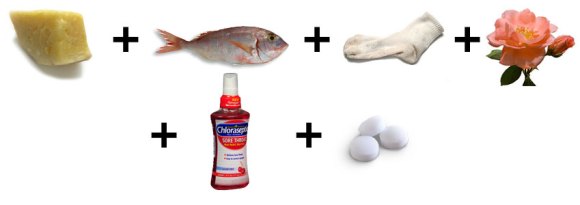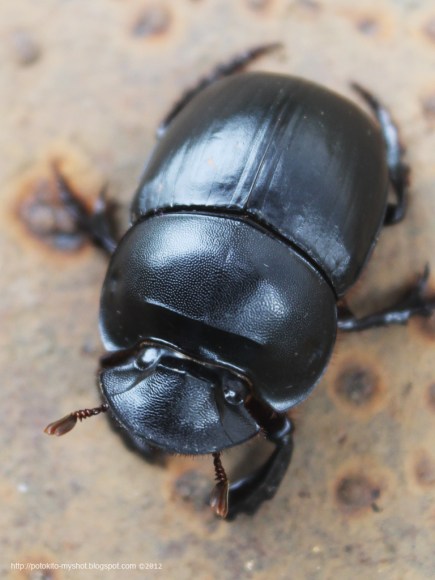

Plant Science & Conservation
Garden Stories
About That Smell…
The night Spike blooms will thrill us all in the semi-tropical greenhouse, with its breathtaking flower…accompanied by a titanically rotten smell.
“Your heart is full of unwashed socks, your soul is full of gunk, Mr. Grinch. The three words that best describe you are as follows— and I quote: stink, stank, stunk!”
—Dr. Seuss
“Titan Tim” Pollak here once again, with an update on Spike, our still-growing titan arum. Spike continues to get bigger, not only in height, but also in girth! What we’re really curious about, however, is the aroma.
The stench is one of the cool reasons to stay up late and come to the Garden that night.
Here’s what to expect in terms of scent:

What an “arum-atic” combination of scents!
- As the spathe gradually unfurls, the spadix releases powerful odors meant to attract pollinators. The potency of the aroma gradually increases from late evening until the middle of the night and then tapers off as morning arrives.
- Analyses of chemicals released by the spadix show the “stench” includes dimethyl trisulfide (like limburger cheese), dimethyl disulfide, trimethylamine (rotting fish), isovaleric acid (sweaty socks), benzyl alcohol (sweet floral scent), phenol (like Chloraseptic), and indole (like mothballs).
- The titan arum’s odor has been described in many other terms as well: rotting flesh, rancid meat, rotting animal carcass, old dirty socks, and even the smell of death itself, which accounts for the plant’s common name, the corpse flower.
- In its natural habitat on the island of Sumatra in Indonesia, the “fragrance” is used to attract the carrion-eating beetles, dung beetles, and flesh flies that pollinate the titan arum. The inflorescence’s deep red color and texture contribute to the illusion that the spathe is a piece of meat.
- During bloom, the tip of the spadix is approximately human body temperature, which helps the fragrance volatilize (turn to vapor) and travel long distances; the heat may also advertise that there’s a fresh carcass for insects to check out.

Carrion flies and dung beetles like this one (Catharsius sp.) think that stink smells great. Photo ©2012 via potokito-myshot.blogspot.com
A different view of ewwww!
Carrion beetles, dung flies, and flesh flies aren’t responding to the call of the titan arum’s scent because they want to be pollinators—they’re responding because they want a good environment in which to lay their eggs.
In the wild, mama beetles and flies lay eggs on dead animals or animal feces knowing that the larvae that hatch will have an immediately-available, rich source of food.
In its natural rainforest habitat, the titan arum has adapted to that fact. Over evolutionary time, it has developed the right scent to attract those insects—and, like many scented flowers, to deceive them with scent into acting as the unwitting spreaders of their pollen.

